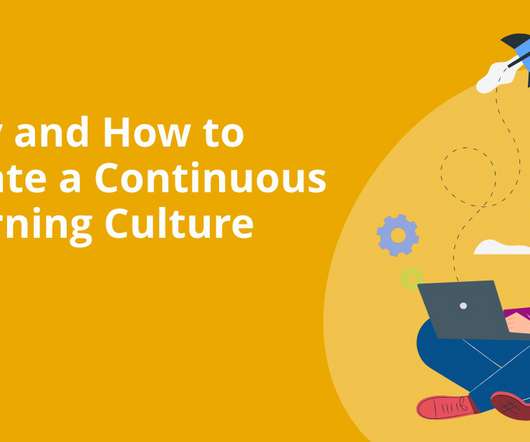Maximize Your Return On Investment – Tricks That Help You For ROI
Dynamic Pixel
JULY 12, 2022
What is ROI training? Training ROI stands for training return on investment. The ROI for training involves subtracting program benefits (net profit) from training costs, which are then divided by program costs. Usually, ROI is seen as a financial indicator that compares the cost of an intervention with the benefits of training.



































Let's personalize your content